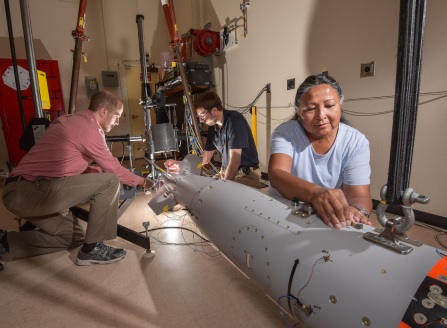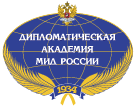To confront a world with not one but two major nuclear powers — neither of which is willing to enter arms talks — the U.S. must revive its atrophied nuclear weapons enterprise with all speed and build up its stock of conventional weapons in order to deter war, the chairs of a bipartisan strategic posture panel told the House Armed Services Committee on Nov. 15.
The U.S. has no margin left for modernizing its nuclear forces, and it’s doubtful that planned upgrades will arrive on time, Madelyn R. Creedon and former Sen. Jon Kyl (R-Ariz.), chair and vice chair of the Congressional Commission on the Strategic Posture of the United States, told lawmakers after spending the last year studying the issue.
China has built up its nuclear weapons stockpile at a pace that is “unprecedented” and “very surprising,” Creedon said, echoing observations from the Pentagon and outside experts.
At the current rate, China is targeting nuclear parity with the U.S. and Russia by the mid-2030s. But Kyl noted that one of the witnesses before the commission pointed out that the Chinese are “always ahead of schedule. Whenever they say they’re going to achieve a certain system by a certain time, they beat that schedule.”
Given that aggressive growth, the commission argued in its final report released in October that China must no longer be treated as a “lesser included threat” on the strategic stage.
At the same time, Kyl told lawmakers that in all nuclear systems, and in some emerging technologies like hypersonics, “we are playing catch-up.” Russia has completed more than 90 percent of its strategic nuclear modernization and has also deployed new kinds of nuclear weapons for which the U.S. has no analogy, Kyl said. These include “tsunami” weapons that would inundate a coastline after being set off underwater.
The result, a tri-polar nuclear world, “is an existential challenge for which the United States is ill-prepared, unless its leaders make decisions now to adjust the U.S. strategic posture,” the commission wrote in its report. The U.S. and its allies must be prepared to deter or defeat both adversaries “simultaneously,” the commission added, as the risk of conflict with Russia and China “is increasing.”
As things stand now, “the United States lacks a comprehensive strategy to address the looming two nuclear-peer threat environment and lacks the force structure such a strategy will require,” the report states.
In crafting its final report, the commission started with five assumptions, Creedon told lawmakers:
Russia and China will continue “their respective adversarial paths, each growing the quality and quantity of their nuclear arsenals.”
Both will also grow their conventional, space, and cyber forces, and continue “aggressive foreign policies” with the goal of supplanting the U.S. as a world leader.
“Today’s ‘one major war’ strategy construct is no longer viable, particularly given China’s current trajectory.”
America’s nuclear modernization “program of record must be fully implemented as rapidly as possible to deter Russia and China.” However, the program isn’t sufficient to meet the projected threat.
 Workers at Sandia National Laboratories (SNL) prepare the B61-12 nuclear bomb for a vibration test.
Workers at Sandia National Laboratories (SNL) prepare the B61-12 nuclear bomb for a vibration test.
Photo: National Technology and Engineering Solutions of Sandia
Both the Pentagon and National Nuclear Security Administration’s industrial base and nuclear infrastructure require investment.
Kyl told the committee that, with no time margin left for nuclear modernization and the inevitability of programmatic setbacks, “there will be gaps” in some elements of the nuclear deterrent. The report said that delays should be mitigated to prevent “early age-out” of current systems.
“We don’t have any more time,” Kyl said. “We’ve used up all of our work-around and the schedules, both for the refurbishment of the nuclear warheads, and the development of the new platforms is a tight schedule.
“…The reality is, we found delays here and there and it’s very difficult to imagine that we could meet the schedule. As a result, there are a couple of charts in our report, which show the potential for a deterrence gap.”
U.S. strategic forces “should be modified to address the larger number of targets due to the growing Chinese nuclear threat,” the report said, but Creedon and Kyl said that didn’t necessarily mean more of any particular systems, leaving how to accomplish that task up to “future decision-makers.”
The commission did say, though, that the U.S. needs to keep up with advances in Russian and Chinese missile defenses and deploy systems that can get past them.
Failure to do any of these things risks the U.S. not having a credible deterrent and losing the confidence of its partners and allies, who may turn elsewhere. Wherever possible, the U.S. should shore up and expand such alliances. Conversely, withdrawing from alliances “would directly benefit adversaries, invite aggression that the United States might later have to reverse, and ultimately decrease American, allied, and partner security and economic prosperity,” the report states.
Since the last such posture assessment in 2009, “the security environment has dramatically worsened and new existential threats have emerged,” the report said.
read more in our Telegram-channel https://t.me/The_International_Affairs

 10:26 19.11.2023 •
10:26 19.11.2023 •























